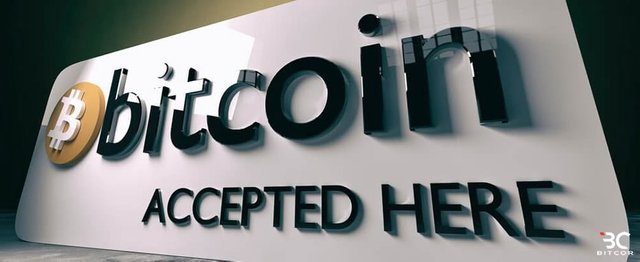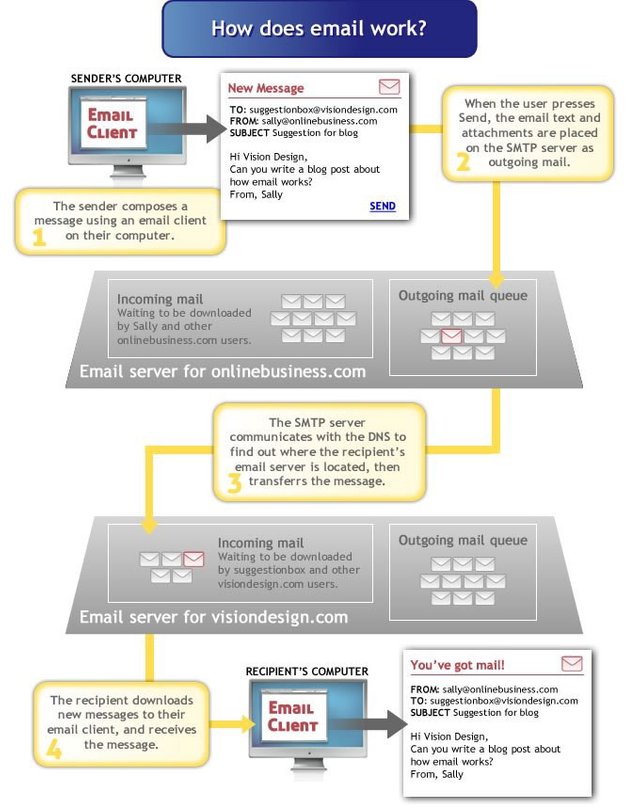Bitcoin Will Become a Basic Utility, Just Like Email

Email is a protocol (Simple Mail Transfer Protocol), yet we send emails as if they were letters. Are they letters or not? They read like letters, except they’re digital. You can print it, yes, but does this make it any more “real” than when it was in digital form? Stripped down to its essence, it’s just a bunch of ones and zeroes. Does this make it any less real than an actual letter?
Do you know how Email works?
You might answer “Yes. You write a letter, you send it, and you are done!”
No, that’s not how it works. That’s how you send an email. This is how it works.

Seems complicated, right? Imagine trying to teach that to someone who has never touched a computer before. Here, let’s jump back to 1984 and see how they explained Email back then.
Until the 1990s, when the web browser made it easy for anyone to have an Email account and address, all of that stuff was as alien to people as Bitcoin and Blockchain tech is to mainstream users today.
I still remember when Emails suddenly became accessible to everyone. It wasn’t just because of the web browser. It was the humble Internet Cafe that allowed mainstream users to use Email cheaply and easily. We paid as much $2 per hour for this here in the Philippines, and they used dial-up 56K modems. It was unusable by today’s standards, but I still remember sitting there in awe when the person I randomly chatted with on mIRC told me she was from the United States. We started exchanging emails after that. It was mind blowing.
Computers were so expensive that only the rich had their own, and home internet connections were slow and clunky. You had to make sure no one called your home phone or else you would get disconnected. So the web cafes became the gateway to “cyberspace”, where people chat with other people and of course, send Emails. There was an internet cafe in every corner, and it was a huge business.
It became so easy to create an email account, but you were advised to never use your real name. This was a just a fancy toy for geeks, and the internet, or “Cyberspace” in general was considered dangerous. Emails were not even considered an official way to communicate. Everyone used some kind of fake name, and you were limited to a certain number of messages in your inbox or else risk emails being bounced back to the sender.
People used weird Email addresses like [email protected]. Business dealings still had to be faxed or done with printed paper or phone calls. It was a whole different world.
Today, we send an Email with a swipe of a finger from a tiny supercomputer containing about $32 MILLION worth of separate 1984 devices in the palm of our hands, with unlimited storage in the cloud and machine learning helping us with automatic responses.
We use Email without thinking about how it works because it has become a basic utility. It just works.
It’s 1984 For Bitcoin
Bitcoin is a protocol (Bitcoin), yet we send bitcoins as if it was money. Is it money or not? It transacts like money, except it is digital. You can print it, yes, but does this make it any more “real” than when it was in digital form? Stripped down to its essence, it is just a bunch of ones and zeroes. Does this make it any less real than actual physical money?
https://decentralize.today/bitcoin-will-become-a-basic-utility-just-like-email-51766a67b00
